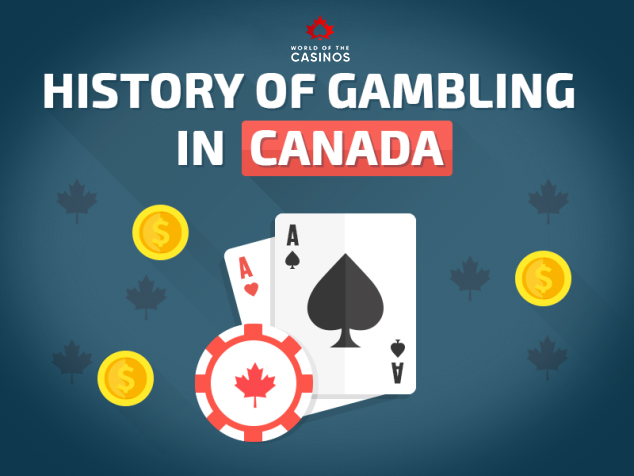Most people are familiar with the concept of multiple reflections in poker. That would mean thinking on more levels, and more on what level you are thinking then you are a better poker player, and you can create a strategy for each opponent separately.
Thinking on the zero level has been pure playing on the strength of cards. The colors are good, the lowest couples are not. The first level is what people find reading the cards. If your opponent bets, probably has the strongest pair or set.
The second level is where it starts thinking game. At this level you are wondering how you have been read by your opponent. So if your opponent thinks you have top pair or a set, you can react and surprise him.
On the third level you are thinking about what your opponent thinks you think he has. So he thinks you think he has top pair or set, but he will probably have some other cards as may surprise you, but then you respond and surprise him.
And so on the levels of thinking go, indefinitely. Each higher level is better than the previous one because the higher level makes you a better poker player.
Read to the end of the article and you will see what Ed thinks about the concept of thinking which refers to the small stakes no limit to the live game.
Do not overestimate yourself
The first danger when you are playing $ 1 / $ 2 or $ 2 / $ 5 no limit hold’em is when you think you’re better than you actually are. Then you start to think that your opponent is better than it actually is.
Let’s say that your opponent made a small bet on the turn. The first level of thinking gives the opponent a relatively weak or marginal ticket, as it would with a stronger hand probably invested a large amount.
If we move to the third level then you get a different story. Now we think that your opponent thinks you’re reading this bet as a weakness, which means that he sets a trap, and if you raise the stakes, he plans to invest more or bluff or strong hand.
It would be best, when you play a small level, keep the first or second level of thinking, depending on the opponent, because then you would have been very often right.
Not because your opponents are often naive and not thinking deeply about their game, but also there is some truth. This reasoning is based on probabilities. The first level of thinking is the most likely. The reason I thought Ed was built over a questionnaire to 1,000 players in a few months and most of them can be seen with weaker hands.
If you are considering the situation in the first level of this situation is to stop watching and betting. Inserting the favorites.
The situation when you overestimate yourself, when you are thinking on a higher level and questioning your decisions. Let’s say you’re working on the river bet to $ 2 / $ level 5 and your opponent moved all in for another $ 350th. Most players start to question their decisions. ‘Maybe he’s my bet on the river regarded as a weakness. Maybe I’m a bad play on the flop … “The answer is usually no.
If you look small stakes you will notice that in these situations opponent moved all in mainly when there are monster hand. If you start thinking on a higher level than the game challenges you will lose money.
When you get to the next level?
The transition to a higher level of thinking will usually cost money and therefore raises the question whether it is necessary to go to a higher level and when.
Ed’s answer is no. When you play a small level generally will first level of thinking to make a lot of money, yet sometimes, just sometimes need a little more thinking.
Let’s say you raised pre-flop bet and your opponent has made a re-raise. Then decide what is the ability of keeping you on bluffing. If the probability of small, planning to fold the hand, if the probability is high, the you plan to call or even increase stake.
How you would know what is the probability that your opponent is bluffing you need to know how often people generally bluffing in this game. After that you have to consider a lot of other information that affects his decision.
Overall, the $ 2 / $ 5 game in Las Vegas, the players do not bluff often. Guided by this fact, when someone re-raise you have to give him credit.
Imagine this scenario:
Two players limp-and you make a raise to $ 30 from the button. SB like to call, but BB, a young boy with long blond hair, a Swedish accent, to raise up to $ 130. Is there a piece of information that you can take advantage and make a decision? Details are saying that he is bluffing. Re-raise on the button raise does not necessarily mean that it has a good hand, and the fact that he comes from Sweden and he is young, also contribute a small piece of information.
In this situation it would be good to jump to one level and begin to think that he thinks button stealing blind so that BB bluff. In this situation, you can make a re raise even though you do not know how the player plays.
Final reflections
Level of thinking is a big part of poker and makes it fun, but it must be used very carefully at poker in small stakes. The smartest game is mainly played on the volume of tickets and that you invest when you have a favorite. Next time you start thinking on a higher level than you should remember this article. If you do not have strong evidence, hold the obvious.





